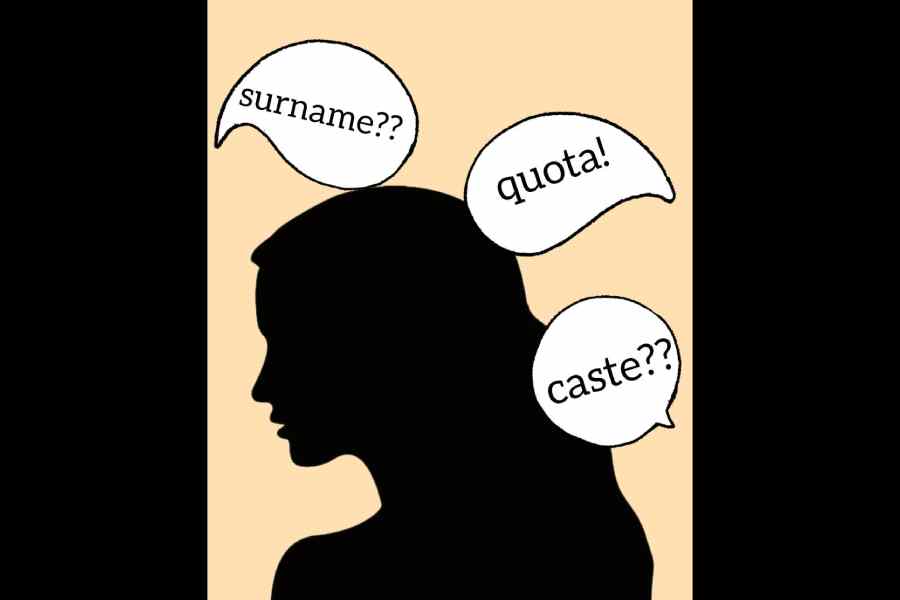It is often remarked by the privileged castes that they do not practise casteism. That caste is something only Dalits practise and propagate by using reservation and State benefits. This kind of behaviour is an instance of reverse casteism where the onus of caste is placed on Dalits while the Brahminical castes are portrayed as casteless.
'Casual casteism' is the mode of practising casteism through the ambivalence of castelessness. It is a term that denotes the everyday use of language and behaviour, which allows dominant castes to indulge in the free-play of caste oppression. The term, casual, is particularly important here — it allows the free-play of certain kinds of action, language, and usage of words, including behaviours and gestures, without inviting severe implications. That which is casual by nature becomes distanced from the serious and the legal. Casual is denoted by a meaning ascribed to the perception of something that is so familiar, common, and ordinary that it is not seen as an exception. Thus, casual casteism does not invest the citizen with moral and ethical duties or invite penal measures.
One of the significant ways to understand casual casteism is to examine the specific ways in which dominant castes operationalise it. Casual casteism occurs in public spaces such as universities, institutions, social circles, and the workplace. Even the most common bonds among students, friends, and associated relations are exposed to the violence of casual casteism. It is displayed by dominant-caste people through narrative and rhetoric while attempting to maintain a superficial air of intent and purpose.
Casual casteism is often ambivalent and indistinct. How then does one decide whether a remark or a gesture is casual or casteist? Who has the power of decision in this context?
Casual casteism usually involves a dominant-caste person naturally assuming his right to find faults with a Dalit person and construing Dalits to be deviants, unfit for public or private presence. Public spaces often witness such remarks as Dalits are ugly, cannot speak correctly, do not get good marks, are not skilled in extra-curricular activities, are not smart enough to put up cultural performances, are backward, timid, awkward, incompetent and worthless. Casual casteism constructs caste stereotypes that normalise the everyday behaviour of the dominant castes and depict Dalits in poor light.
Contemporary Indian campuses witness interactions among students from different castes. Dominant castes project their discomfort in more ways than one, including demeaning gazes, talking to and treating fellow Dalit friends in a manner that allows the unfolding of casual casteism without it being expressly identifiable. Questions such as 'How did you get this job?', narratives like 'There is no difficulty for you to get jobs since you are using quota,' or behaviour such as withholding recognition and withdrawing interaction are instances of everyday casual casteism. Casual casteism also occurs through jokes and slang that are aimed to emphasise the superiority of the dominant castes and the cultural inferiority of Dalits.
Casual casteism violates commonality. Here, the perception of the ordinary is used to legitimise the norms of unethical and immoral thought and action. Casual casteism permits the continuity of caste in the garb of benign ordinariness, leaving Dalits — the targets of casual casteism — confounded about whether they are the recipients of casual casteism or something else.
Soma Mandal is a PhD researcher at the Indian Institute of Technology Delhi










